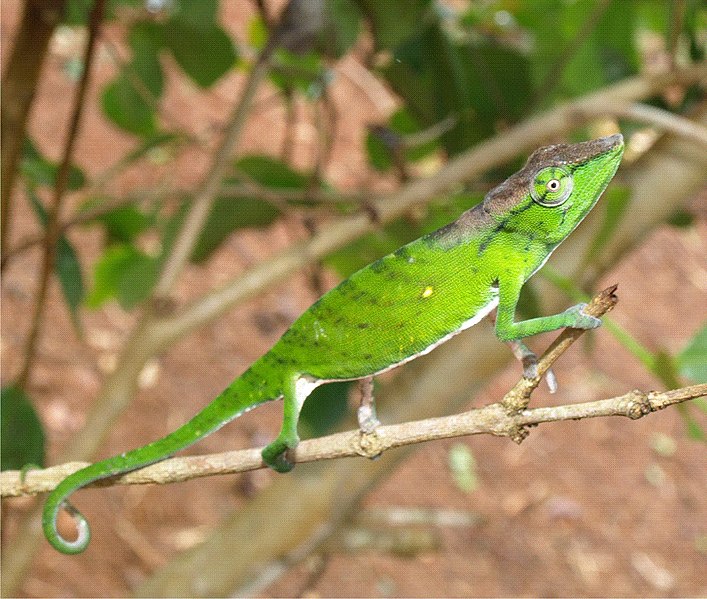I’ve kept nearly 200 turtle species at home and in zoos, and have studied others in the field, but I none-the-less place the North American Wood Turtle (Glyptemys insculpta) in a class by itself. Alert and active, it has the well-deserved reputation as being among the most responsive (some say “dog-like”) and intelligent of all turtles. Add to this a beautifully-sculpted carapace and brick-red to bright orange/yellow skin, and it becomes easy to understand their popularity among turtle enthusiasts. The following information will enable you to meet their unique needs…please post any questions you may have, and be sure to share your own experiences with this most captivating of reptile pets.
Note: Wood Turtle populations have declined drastically. Please purchase only captive-bred animals, and never take turtles from the wild.

Photo uploaded to Wikipedia bt USGS
Natural History
The North American Wood Turtle ranges from Nova Scotia to Minnesota and Virginia. They spend a good deal of time in swamps, streams and along river margins, but also forage in fields and open woodlands.
Wood Turtles drive earthworms to the surface with vibrations caused by stomping the front feet and plastron against the ground…the only turtle known to do so. They seem to do this without prior experience, yet it “seems” like a learned behavior. Uncovering the origins of this unique hunting strategy would be a fascinating project.
Behavior
Wood Turtles take very well to captivity and quickly learn to “beg’ for food when their owner appears. They seem to exhibit a degree of curiosity and problem-solving abilities not evident in other turtles. Wood Turtles consistently score higher than others on maze and reward-association tests.
At the Bronx Zoo, I housed a group of adults in a large, tilted cattle trough. As soon as they saw that I was about to drain the tub’s water section, the turtles would move to the drain, jostling one another to get as close as possible. As the water flowed by, they would grab bits of leftover food. Each turtle would also very deliberately peer down into the drain once the tub was empty, apparently to check for missed tidbits. They checked all angles, and the intensity of their scrutiny seemed quite different from that of most other species. Read More »
 It is important to understand that captive-born specimens make far better pets than wild individuals, and that many species are protected by law, and we do not recommend taking wild animals from their native habitat and into your home. Snakes should never be approached unless you have the training and experience to distinguish venomous from harmless species. Read More »
It is important to understand that captive-born specimens make far better pets than wild individuals, and that many species are protected by law, and we do not recommend taking wild animals from their native habitat and into your home. Snakes should never be approached unless you have the training and experience to distinguish venomous from harmless species. Read More » That Reptile Blog – Reptile, Amphibian and Exotic Pet Care and Information
That Reptile Blog – Reptile, Amphibian and Exotic Pet Care and Information



